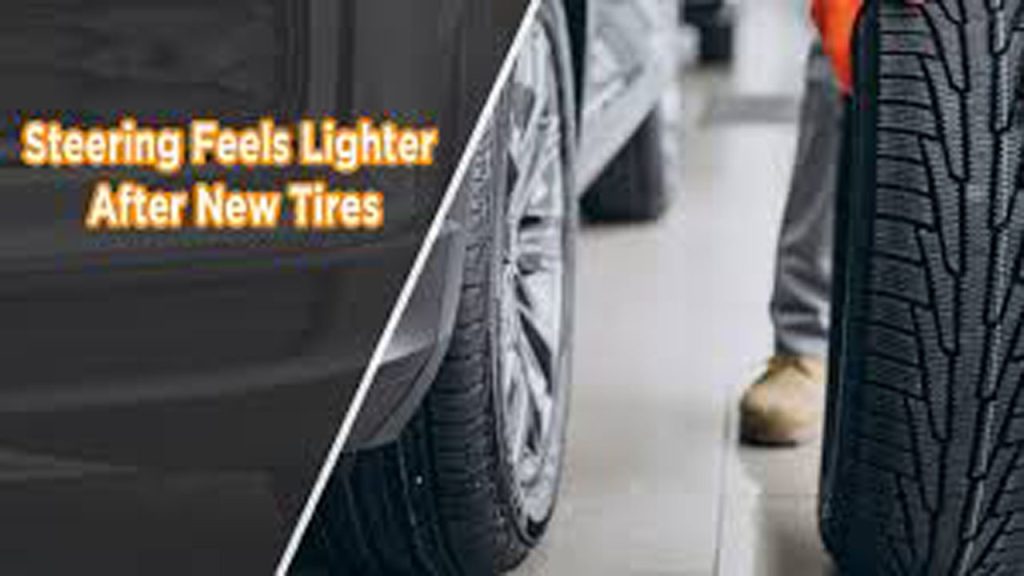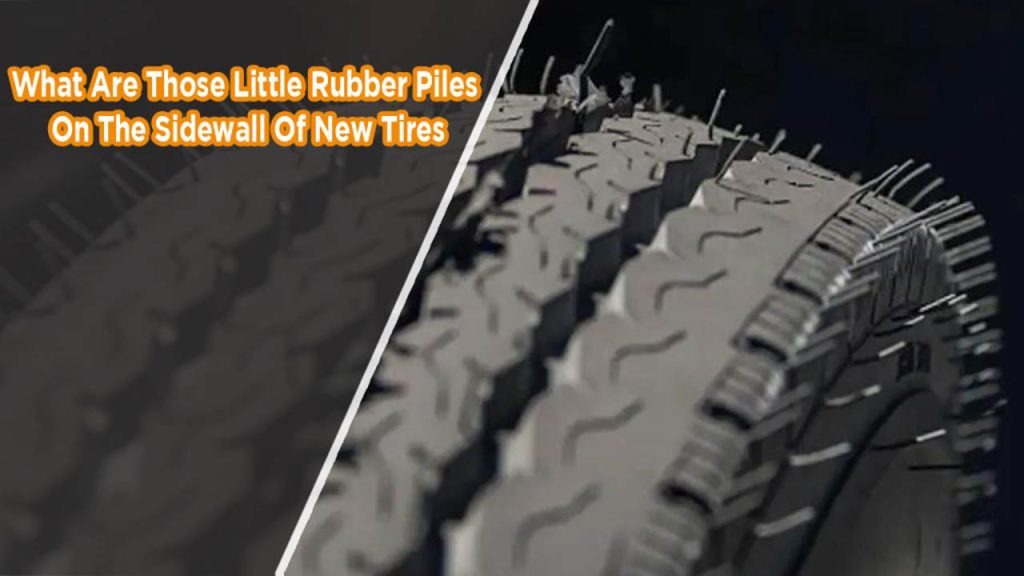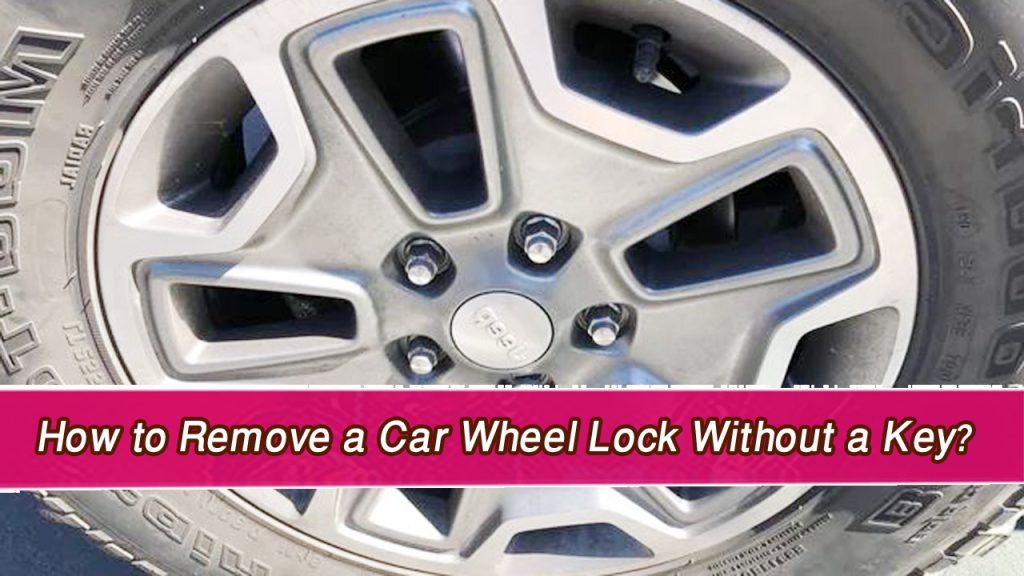When I first got new tires for my car, I noticed something unexpected: the steering felt lighter and more responsive. At first, I wasn’t sure why this was happening, but after some research and talking to experts, I realized that it’s actually a common experience. If you’ve recently had new tires installed and are wondering why your steering feels lighter, let me break it down for you. It’s all about how tires interact with your car and the road.

Connection Between Tires and Steering Feel
Your car’s tires are the only point of contact between the vehicle and the road. This makes them incredibly important for handling, traction, and overall performance. The condition, type, and design of your tires can have a noticeable impact on how the steering feels. When you get new tires, several factors come into play that can make the steering feel lighter.
Why Does Steering Feel Lighter After New Tires?
There are a few key reasons why your steering might feel lighter after replacing your tires. Let’s explore each one in detail.
Improved Tread Design
New tires come with fresh, deep tread patterns that are optimized for performance. Worn-out tires, on the other hand, lose their tread over time, which can reduce grip and make steering feel heavier. With new tires, the improved tread design reduces rolling resistance, making it easier to steer.
Proper Inflation
When you get new tires, they are typically inflated to the manufacturer’s recommended pressure. Properly inflated tires ensure even contact with the road, reducing the effort required to steer. Over time, old tires may lose pressure or wear unevenly, which can make the steering feel sluggish.
Reduced Friction
Worn-out tires have uneven or flattened surfaces that create more friction when turning. New tires have smooth, consistent surfaces that reduce friction, allowing for smoother and lighter steering. This difference becomes especially noticeable when you’re driving at lower speeds or making tight turns.
Tire Weight and Composition
Modern tires are designed with lightweight materials that improve fuel efficiency and handling. If your old tires were heavier or made with outdated technology, switching to new, lighter tires can make a significant difference in how your steering feels.
Alignment and Balancing
When new tires are installed, they are usually balanced and aligned as part of the process. Proper alignment ensures that all four tires are pointing in the right direction, reducing drag and improving steering responsiveness. Balancing eliminates vibrations that can make steering feel heavier or uneven.
Comparing Old vs New Tires: A Table Overview
Here’s a quick comparison to help you understand how new tires improve steering feel:
| Feature | Old Tires | New Tires |
|---|---|---|
| Tread Depth | Shallow or uneven | Deep and consistent |
| Inflation | Often underinflated | Properly inflated |
| Surface Condition | Worn and uneven | Smooth and uniform |
| Material | Heavier, outdated | Lightweight, modern |
| Alignment | May be off due to wear | Correctly aligned |
How Different Types of Tires Affect Steering
It’s worth noting that the type of tires you choose can also influence how your steering feels. Here are some examples:
Performance Tires
These are designed for high-speed stability and precise handling. If you switch to performance tires, you might notice even lighter and more responsive steering.
All-Season Tires
These offer a balance of performance and comfort. They provide reliable steering feel under most conditions, making them a popular choice for daily driving.
Winter Tires
Winter tires have deeper tread and softer rubber to handle snow and ice. While they improve traction in cold weather, they may make steering feel slightly heavier compared to all-season or performance tires.
My Personal Experience with New Tires
I remember the first time I replaced the tires on my car. The old ones were completely worn out, and driving felt like a workout. Once the new tires were installed, it felt like I was driving a completely different car. The steering was so light and smooth that I almost oversteered on my first turn! It’s amazing how much of a difference new tires can make.
One thing I’ve learned is that proper maintenance plays a big role. Rotating your tires, checking the pressure regularly, and aligning your wheels can help preserve that light steering feel for longer.
Tips for Maintaining Light Steering
If you want to keep your steering light and responsive after getting new tires, here are some tips:
- Check Tire Pressure Monthly: Use a reliable tire pressure gauge to ensure your tires are properly inflated.
- Rotate Tires Regularly: Rotating your tires every 5,000-7,500 miles helps them wear evenly.
- Get Regular Alignments: Misaligned wheels can make steering feel heavier and reduce tire lifespan.
- Inspect Tires for Damage: Keep an eye out for punctures, cracks, or uneven wear that could affect performance.
Misconceptions About Steering Feel
When it comes to steering, there are a few misconceptions that are worth clearing up:
- Heavier Steering Means Better Control: Not necessarily. While some drivers prefer heavier steering for a sense of stability, lighter steering doesn’t compromise control when your tires and alignment are in good condition.
- All New Tires Feel the Same: The type and quality of the tire significantly affect steering feel. Investing in high-quality tires tailored to your driving needs can make a big difference.
- Tire Age Doesn’t Matter If Tread Looks Fine: Even if the tread appears adequate, the rubber in old tires can harden over time, affecting steering and overall performance.
Wrapping It Up
Why does steering feel lighter after new tires? It comes down to improved tread design, proper inflation, reduced friction, and modern materials. Add to that the benefits of alignment and balancing, and it’s no surprise that your car feels more agile and responsive.
If you’ve been driving on worn-out tires, the change can feel dramatic. Embrace it! Just remember to maintain your new tires properly to keep enjoying that effortless steering feel.
FAQs
Why does my steering feel heavier with old tires?
Old tires often have uneven wear and may lose pressure, increasing friction and making steering feel heavier.
Can new tires make my car feel faster?
Yes, new tires can improve overall handling and responsiveness, which may make your car feel quicker and more agile.
How long will the light steering feel last with new tires?
With proper maintenance, you can preserve the light steering feel for several years, depending on driving habits and road conditions.
Do all new tires improve steering feel?
Most new tires will improve steering feel, but the extent depends on the type and quality of the tire.
Should I get an alignment when replacing tires?
Yes, getting an alignment ensures your new tires wear evenly and maintain optimal steering performance.


